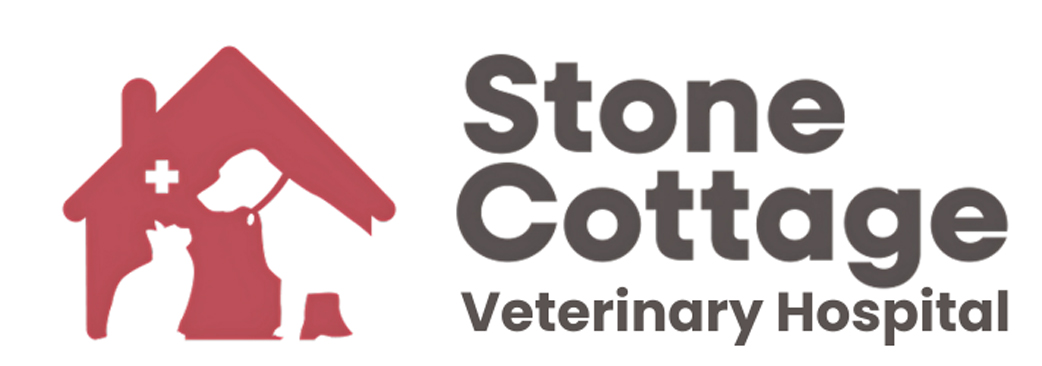Walk down any pet store aisle and you’ll see shelves packed with promises like “grain-free,” “all-natural,” “human-grade,” “vet-recommended.” It’s enough to make even the most dedicated pet owner’s head spin. At Stone Cottage Veterinary Hospital, we often hear the same question: “How do I know which pet food is actually good for my pet?” The truth is, pet food labels don’t always tell the full story.
Pet Food Marketing vs. Meaningful Nutrition
Many pet food labels are designed to appeal to owners more than pets. Buzzwords like “premium” or “natural” sound reassuring, but they’re often unregulated marketing terms with no nutritional guarantee. What actually matters is the quality and source of ingredients as well as the nutrient profile.
If you’re comparing labels, start by checking whether the food is formulated to meet AAFCO standards for your pet’s life stage (and make sure it’s NOT labeled for intermittent feeding).
Ingredients in Pet Food Aren’t Everything
Contrary to popular belief, seeing “chicken” or “salmon” first on the label doesn’t always mean the food is high-quality. Ingredient order is based on weight before cooking, and fresh meats lose water weight during processing. Don’t be fooled by the buzz; it’s the nutrient content that matters most, not how tasty the ingredients sound.
Your Pet’s Age and Breed Matters
Pets have very different nutritional needs depending on their age (puppy/kitten vs. adult vs. senior), breed (large vs small), and health conditions (kidney disease, allergies, obesity, etc.). No one brand or formula fits every pet. What’s “best” for one may be unsuitable for another. Furthermore, your pet’s nutritional needs will change over the course of their lifetime and their food should change, too.
How Do I Even Read this Pet Food Label?
The World Small Animal Veterinary Association has put together this excellent guide on the basics of what is on a pet food label. They also have some great tips for selecting pet foods.
Still confused about what you’re looking at? Don’t worry. Most pet owners find selecting food for their animal companion very confusing. The best thing you can do is talk to your veterinarian for nutrition counseling. A vet can weigh your pet and discuss a healthy weight range and the nutrition needs of your cat or dog. Bring along their current food and treats (or just pictures of the labels)! The veterinarian can take a look to talk about whether you’ve selected a healthy option for your pet or make suggestions about alternatives.
If your pet is overweight, a veterinarian can also come up with a safe weight loss plan that will help your companion return to a healthier weight range through nutrition and exercise.
Pet Food Nutrition Consultations in Newburgh, NY
Choosing the right food for your pet comes with knowing what really fuels their body. Stone Cottage Veterinary Hospital has pet food nutrition consultations in Newburgh for cats and dogs from New Windsor, Newburgh, Cornwall, and neighboring New York areas. Confused about pet food options? Book a nutritional consultation with Stone Cottage Veterinary Hospital.


